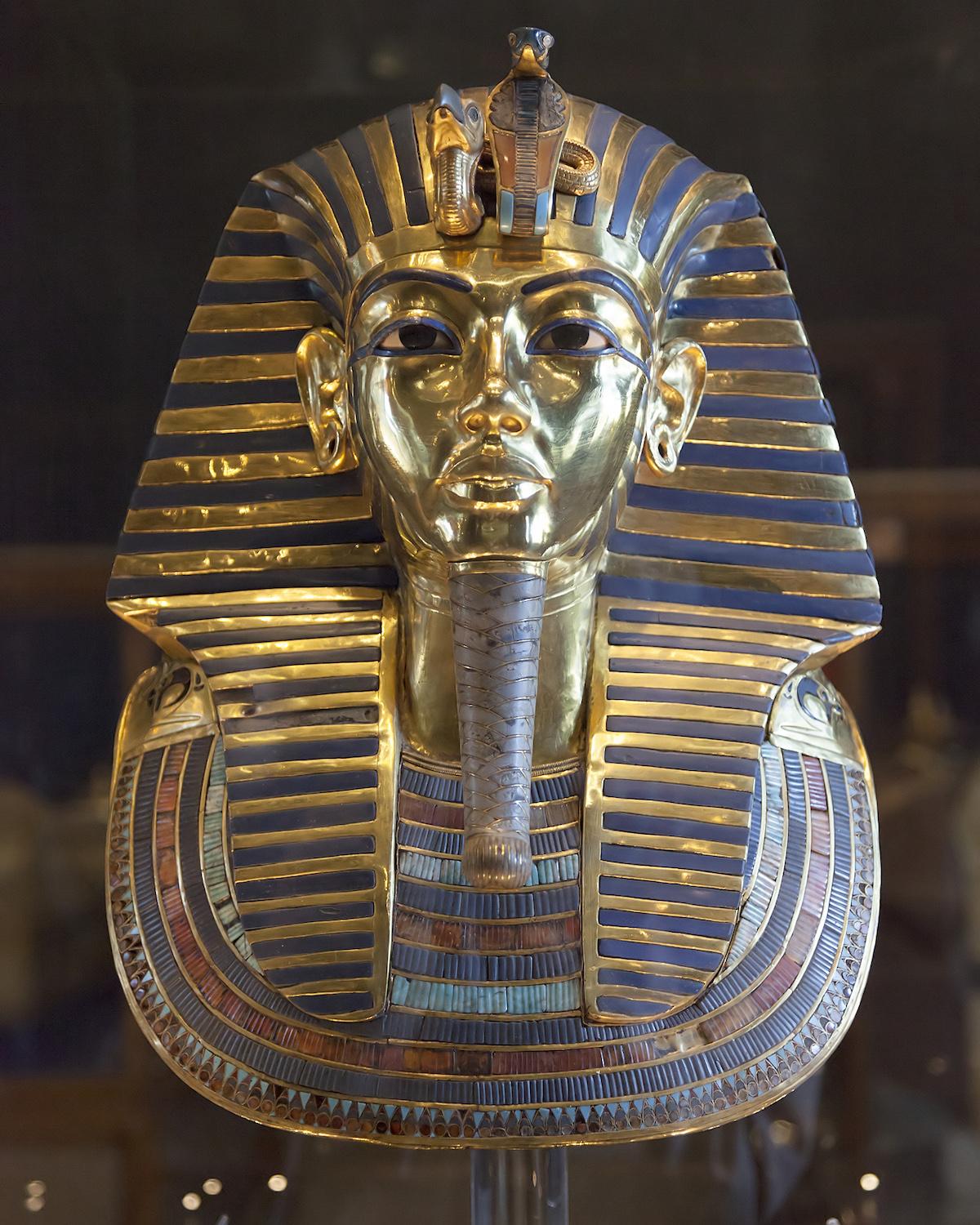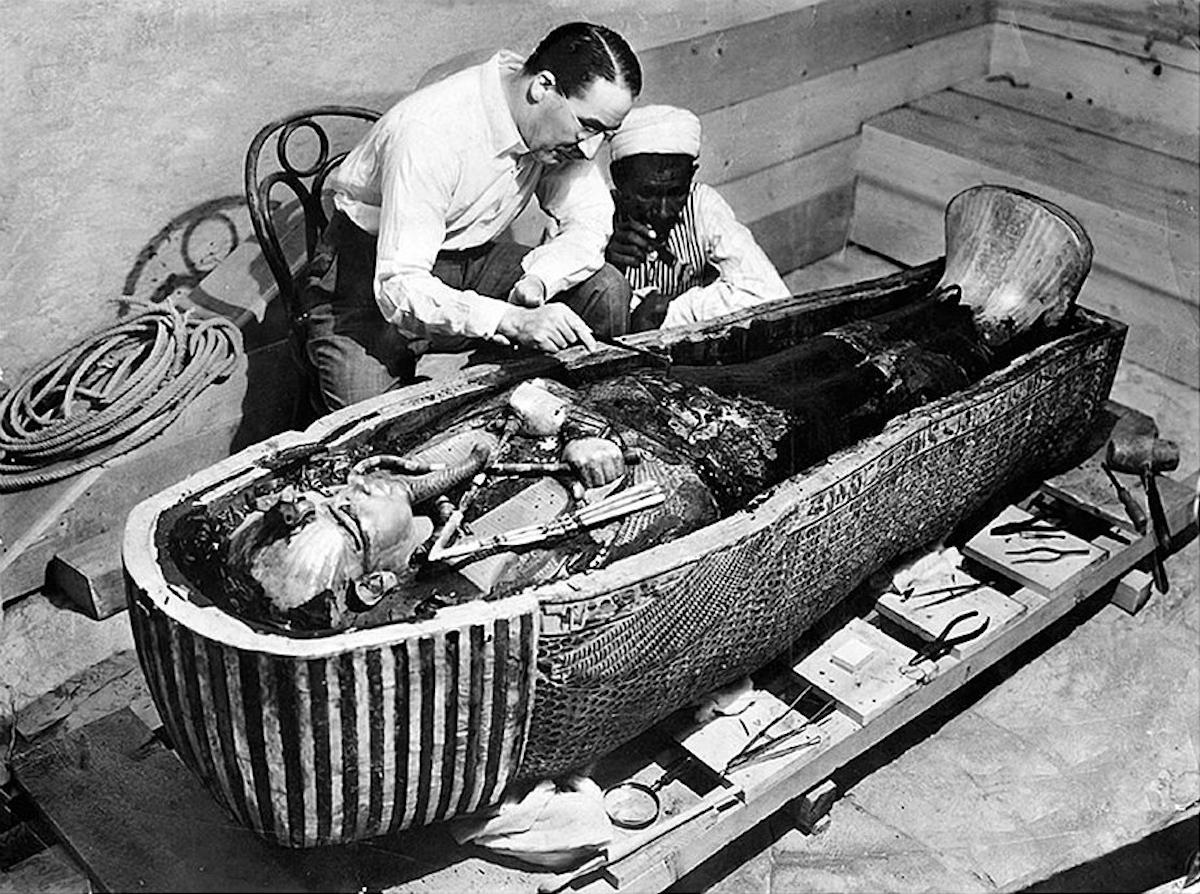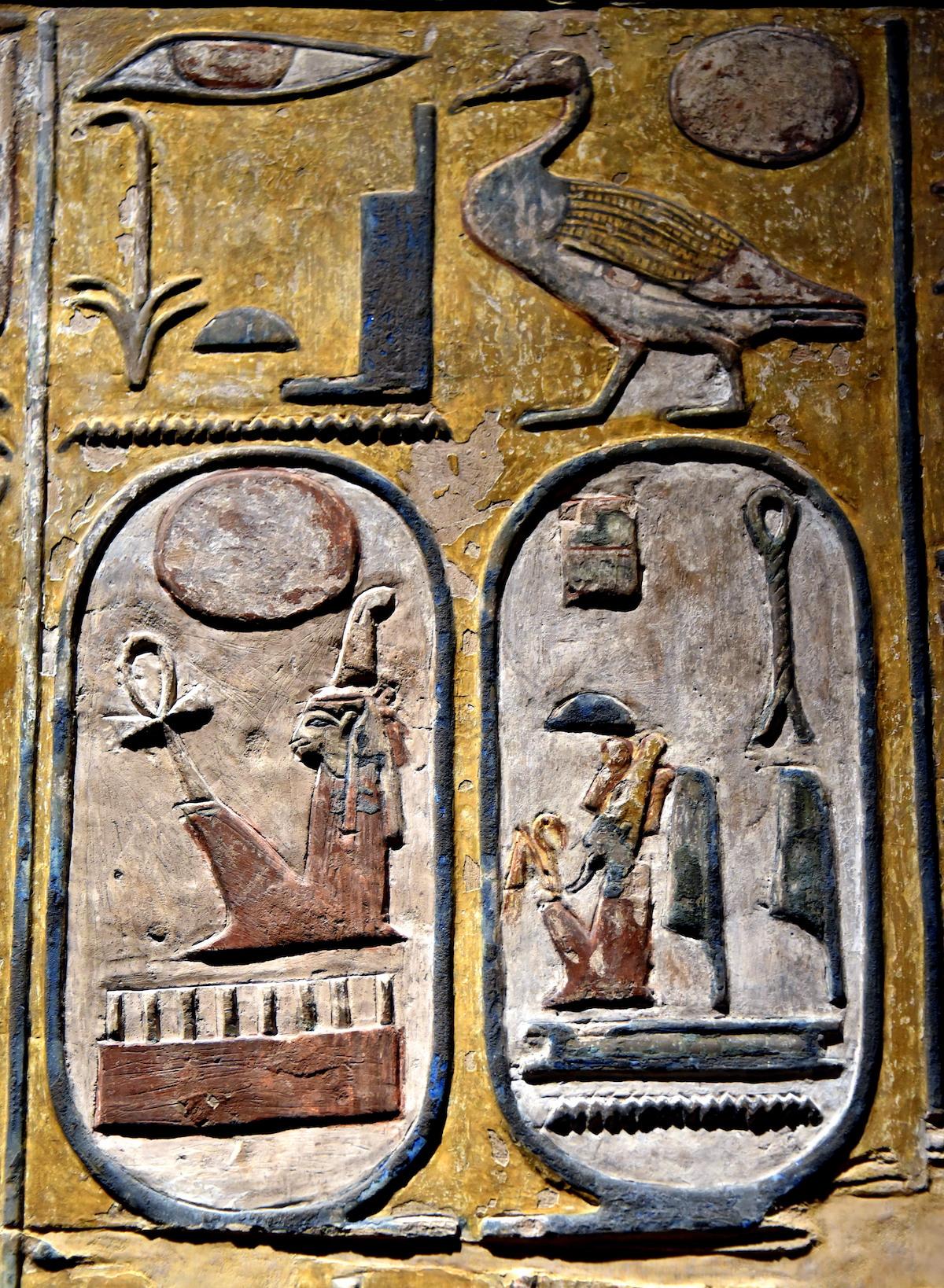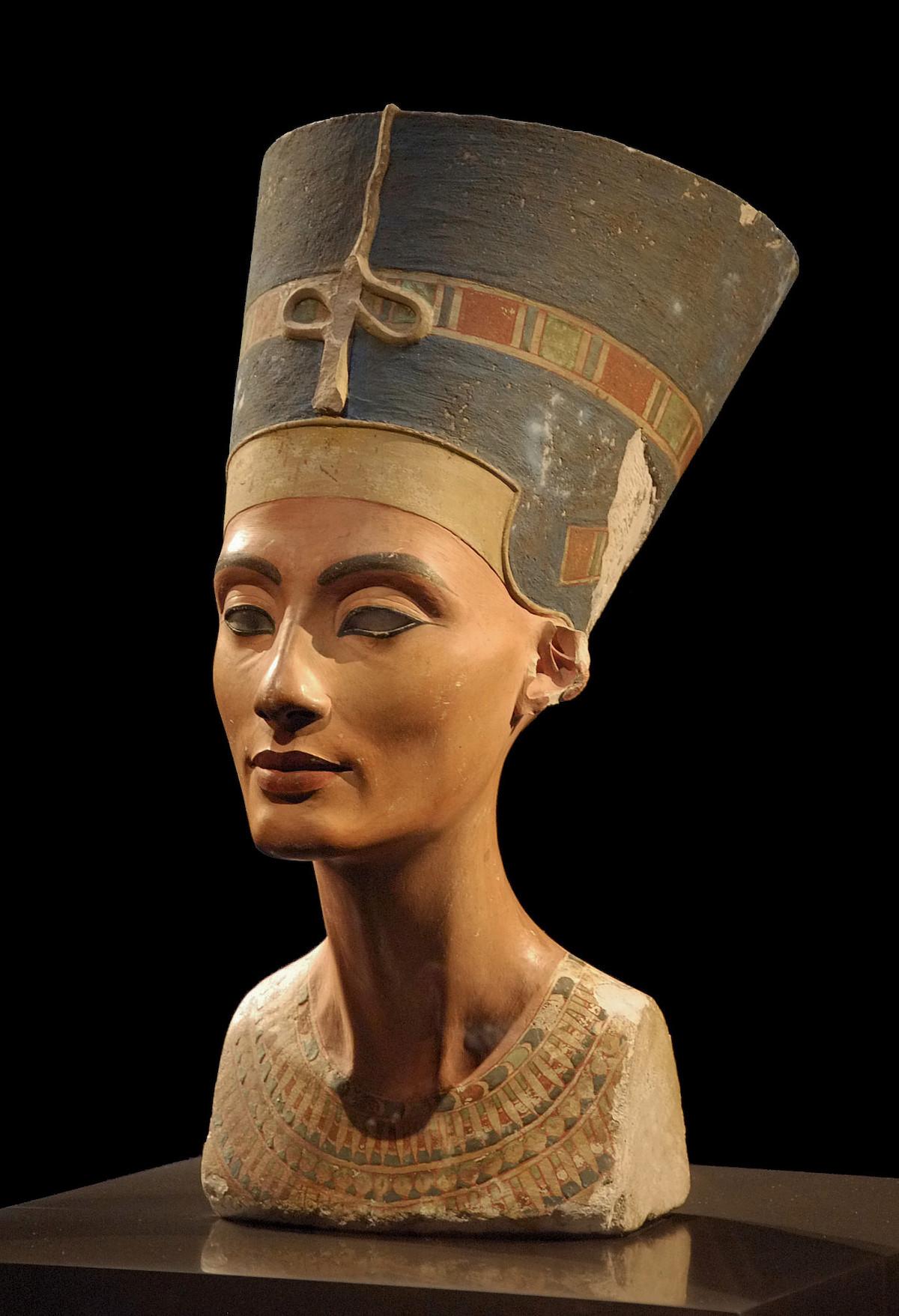Nicholas Reeves, a former curator in the British Museum’s Department of Egyptian Antiquities, has worked extensively as an archaeologist both in and around the tomb of Tutankhamun. The new evidence supports Reeves’ theory that Tut’s tomb is just the outer section of a much larger tomb. This would make sense, as Tut’s tomb has always puzzled Egyptologists. It seems a little small for a Pharaoh, and some, including Reeves, thought that a tomb that was already built could have been repurposed when Tutankhamun suddenly died. Despite its wealth of over 5,000 artifacts found throughout four rooms, it lacks extensive decoration in comparison to other kings' tombs.
For now, the potential secret doors will have to remain intact, as experts cannot break through the highly decorated and painted walls. Instead, Reeves and his colleagues will have to rely on scanning techniques to see what lies beyond King Tut’s tomb.






























